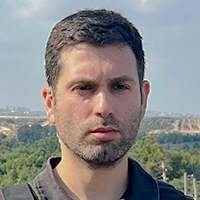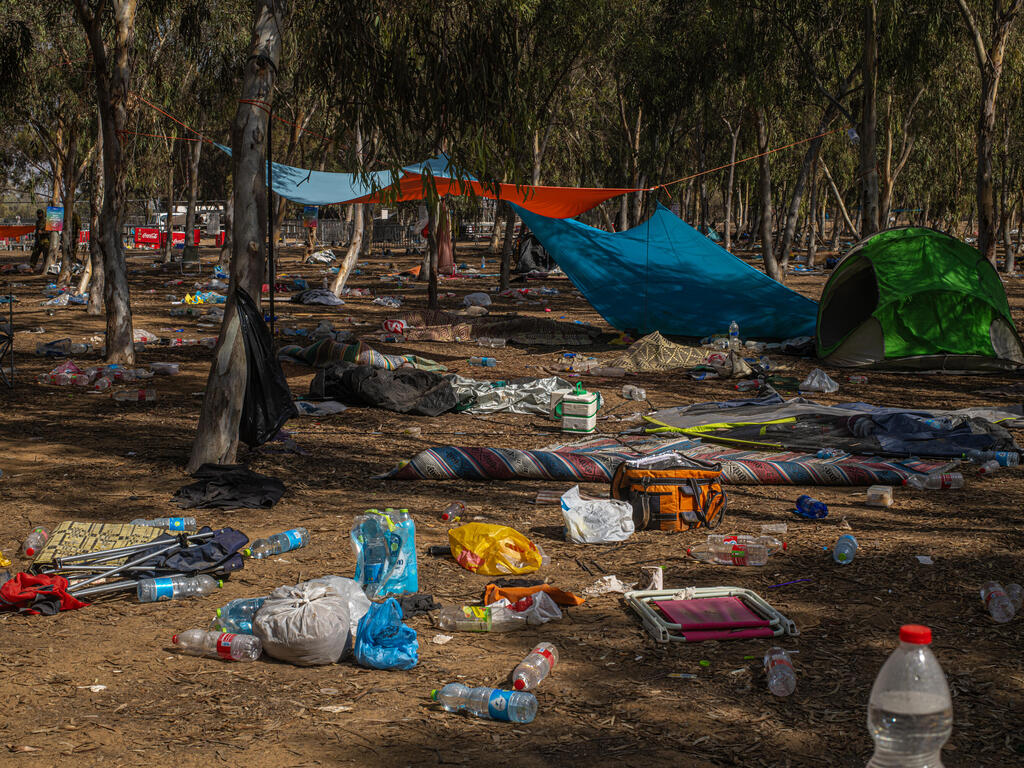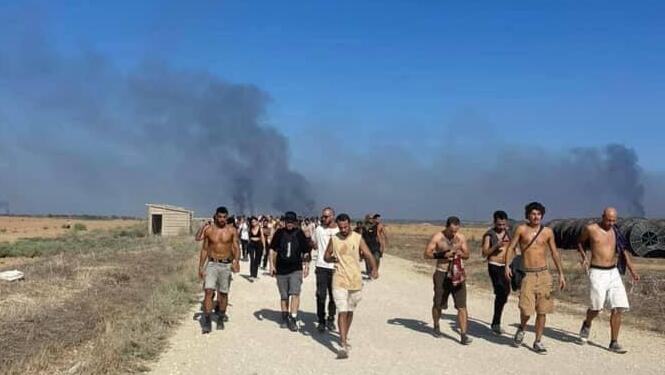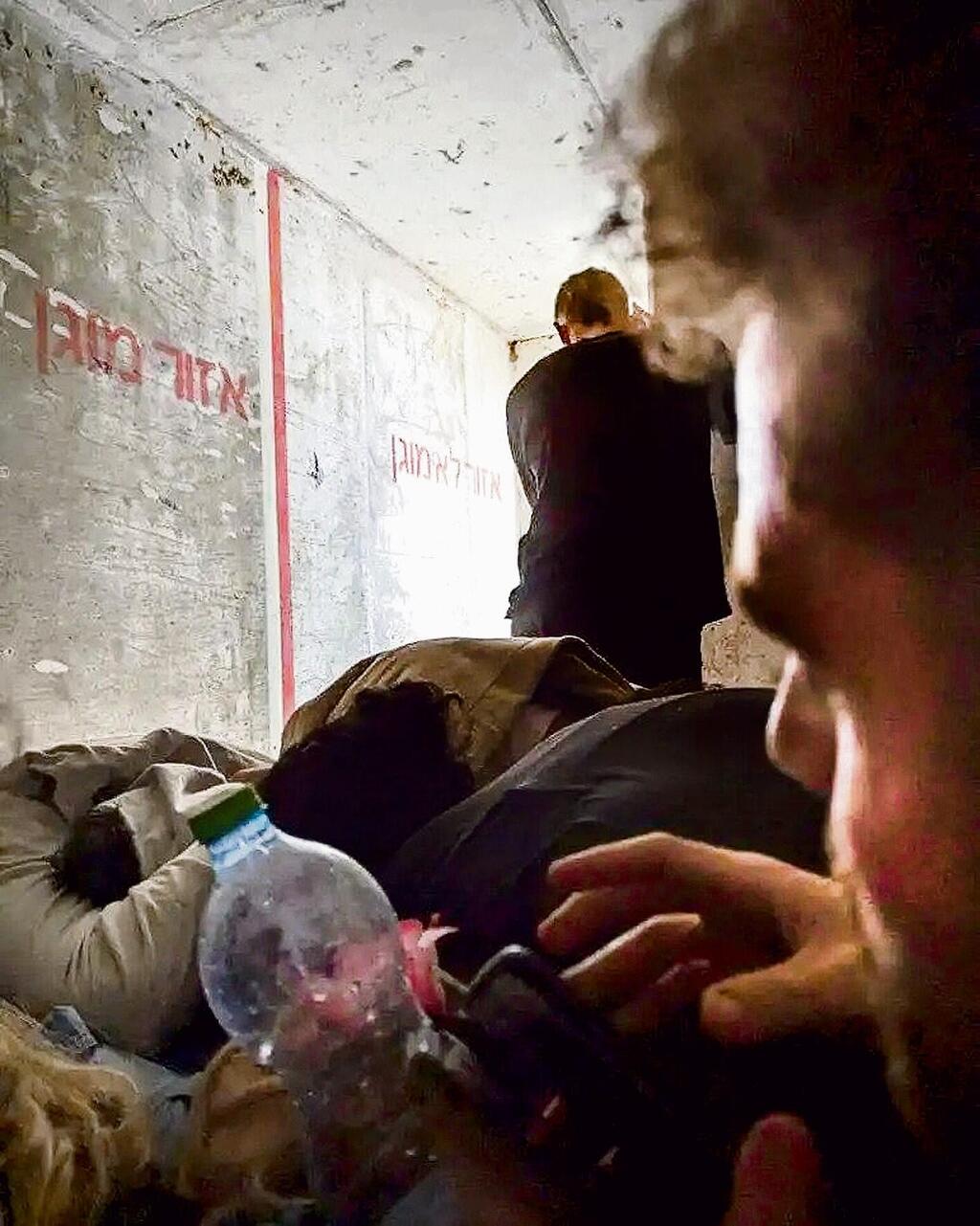Getting your Trinity Audio player ready...
An internal investigation into the October 7 Hamas massacre at the Nova music festival near Israel’s border with the Gaza Strip reveals that critical security failures, delayed military responses and poor coordination between the IDF and police contributed to the deaths of 378 people and the abduction of 44 others.
The findings, presented to the IDF high command, as well as to the families of victims and hostages taken from the desert rave, expose what commanders described as a systemic collapse in identifying, communicating and responding to the deadliest single attack on civilians in Israeli history.
Early warning missed
The Nova festival was held in a forest clearing near Kibbutz Re’im, just four kilometers from the Gaza border, and drew approximately 3,500 revelers for a weekend of music and celebration. Although the festival was approved by the IDF only two days prior, concerns had been raised in advance by the commander of the Gaza Division’s Northern Brigade, Col. Haim Cohen, over the lack of available troops during that weekend.
Despite that, Southern Command overruled the objections and issued final authorization. However, according to the investigation, no IDF units in the area were informed about the event, and no military personnel were assigned to secure it or to the police command post on site.
On the morning of October 7, Hamas launched its unprecedented cross-border assault. At 6:29 a.m., Chief Superintendent Nivi Ohana, the commander of the Ofakim police station, recognized the unusually heavy rocket fire and immediately ordered the festival to be shut down and attendees evacuated. His swift decision is credited with saving hundreds of lives.
By 7:00 a.m., Ohana had left to help defend his city. Meanwhile, officers on site improvised evacuation routes on Route 232. Unbeknownst to them, they were being approached by a heavily armed Hamas Nukhba force—around 110 terrorists traveling in 14 trucks and two motorcycles—which had strayed from its original target, the city of Netivot.
A vision of hell
At 8:20 a.m., the terrorists overran an undermanned police roadblock on the highway and stormed the festival grounds. Many attendees, unaware of the unfolding chaos, had returned to the site believing it to be safe. They were gunned down or hunted through the woods, restrooms and garbage bins.
Among those who fought back was Ido Somech, an IDF tank driver who arrived alone in a damaged tank after his crew had been killed or captured. He used the tank to draw enemy fire and slow the attackers, even as grenades were hurled inside and an anti-tank missile eventually knocked it out.
By 9:30 a.m., terrorists outnumbered civilians at the site. They fired an RPG onto an ambulance packed with festivalgoers, killing 18 of the 20 people inside.
The first organized military force arrived only at 11:20 a.m., after a 19-year-old soldier on leave—who had been attending the festival and survived the initial attack—called his commander for help. The call prompted the commander of the Givati Brigade’s Shaked Battalion to rush to the scene with 11 soldiers. Together, they killed 12 terrorists and secured the area.
It took the IDF until 1:30 p.m. to regain full control of the Nova grounds. Rescue crews then began recovering the bodies of 171 people killed at the site itself. Others were murdered while fleeing through the surrounding roads and fields.
Gaps in communication and command
According to the report, until around 10:00 a.m.—more than three hours into the massacre—IDF General Staff was unaware that a mass-casualty event was taking place at the Nova site. A combat helicopter dispatched to the area earlier did not open fire on Hamas vehicles due to misidentification and a lack of ground coordination.
The report also found that brigade and division commanders were not informed during the festival’s approval process. Although the event had legal approval, officials did not carry out a threat assessment, and the site wasn’t designated as a “vital asset” needing protection.
At the time, the IDF’s policy was to allow large civilian gatherings near the border to preserve a sense of normalcy, canceling them only if there was specific intelligence of a threat. That policy remained in place despite Hamas’ military build-up in Gaza and clear signs of an impending attack.
<< Get the Ynetnews app on your smartphone: Google Play: https://bit.ly/4eJ37pE | Apple App Store: https://bit.ly/3ZL7iNv >>
The Nova event followed another festival, “Unity,” which had taken place at the same site the previous day. A smaller, unauthorized gathering near Kibbutz Alumim also went ahead without the military’s knowledge or intervention.
The Nova investigation was so broad in scope that some victims were also mentioned in separate inquiries related to shelter access and evacuation routes. The investigative team—comprised of Mizrahi, a colonel and a staff sergeant in the reserves—was too small to determine the exact circumstances of death for every victim.
The findings were reviewed and approved by both the current and former IDF chiefs of staff. In total, 378 people—civilians, police officers and soldiers—were killed in and around the Nova site, and 44 others were abducted into Gaza.
The investigation recommended the establishment of a national protocol for approving and securing large events in security-sensitive areas. It also called for a review of the chain of command responsible for authorizing events and urged the IDF to formally define major civilian gatherings near conflict zones as “vital assets” subject to defense planning.
Senior officers involved in the investigation voiced deep frustration with the strategic assumptions that led to the October 7 failure. “We refused to recognize that Hamas’ ultimate goal has always been the destruction of the State of Israel,” one officer said. “We prioritized short-term quiet over dismantling their capabilities—and paid the price.”








